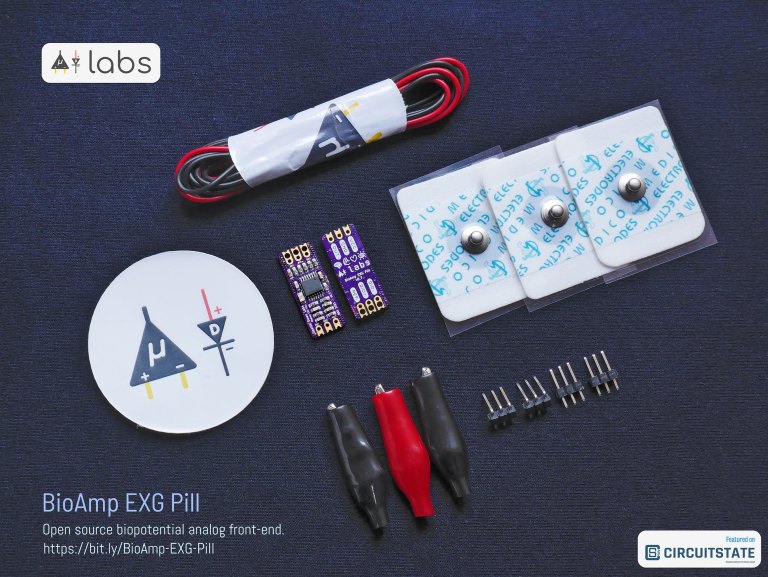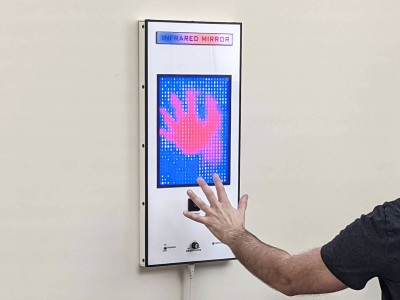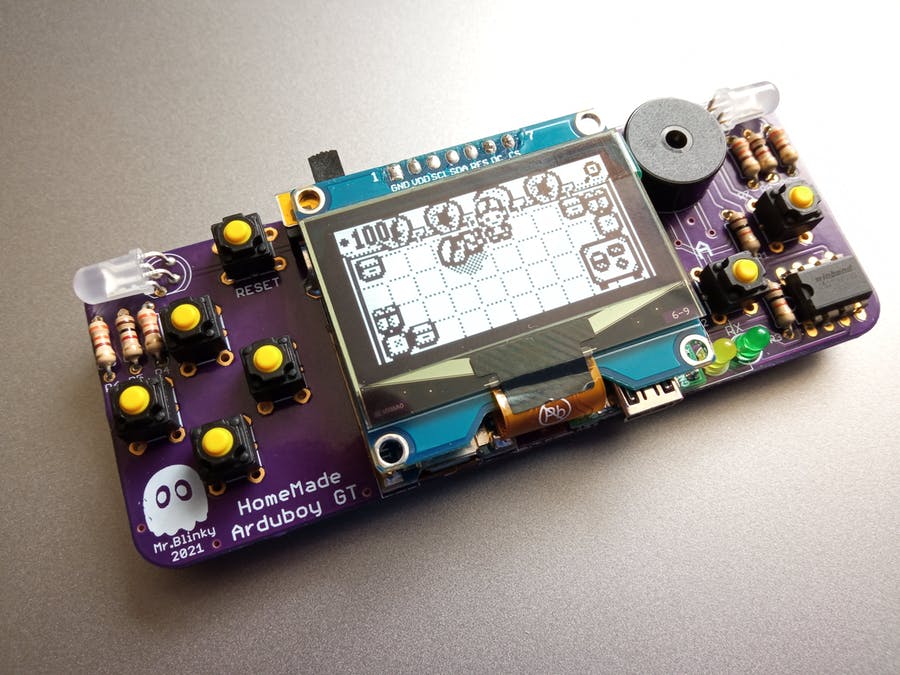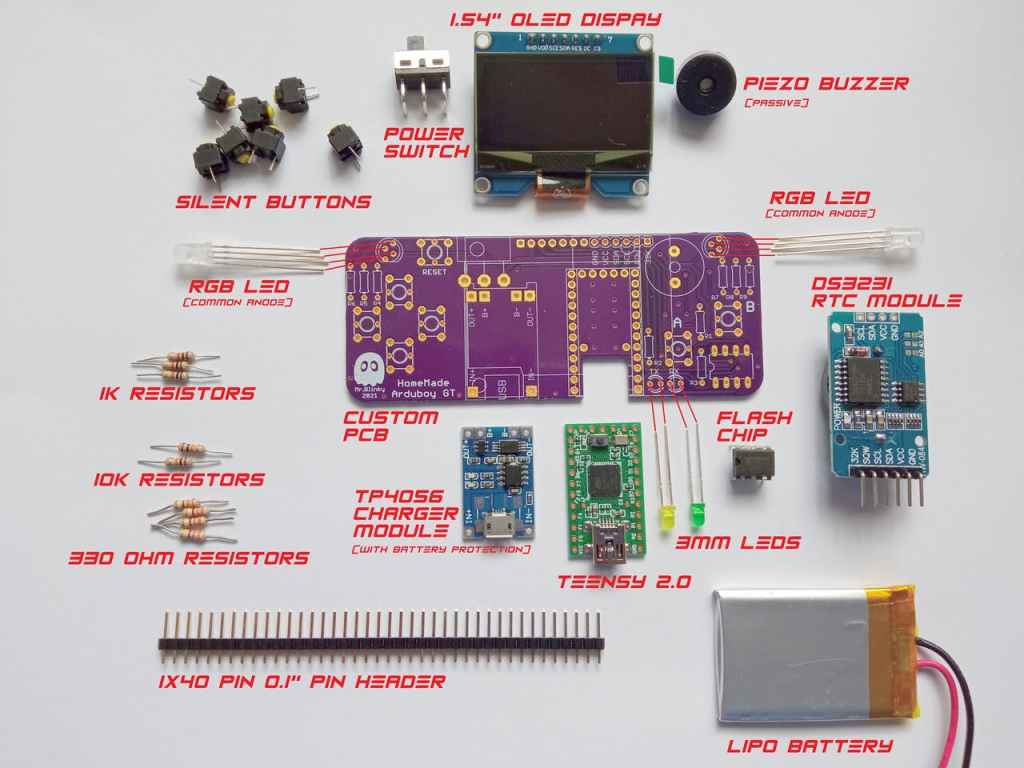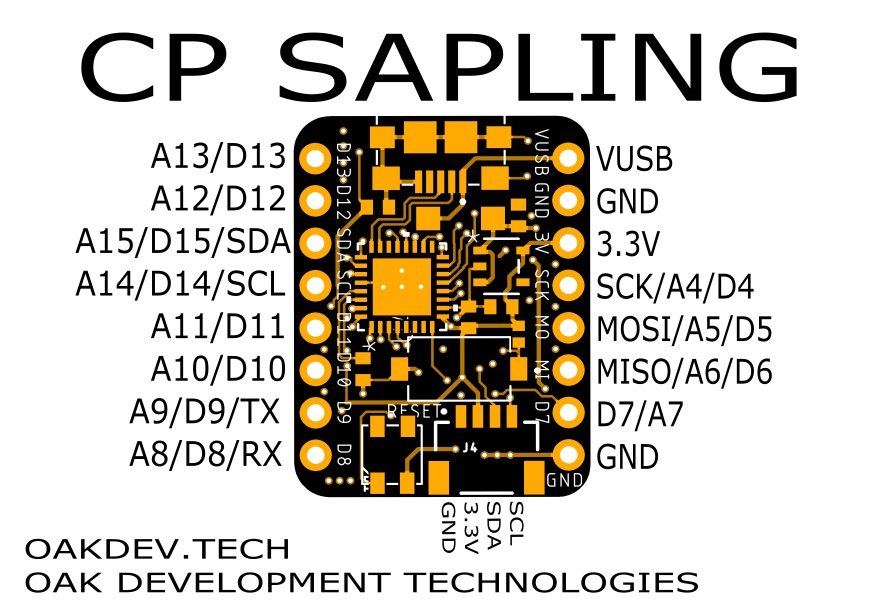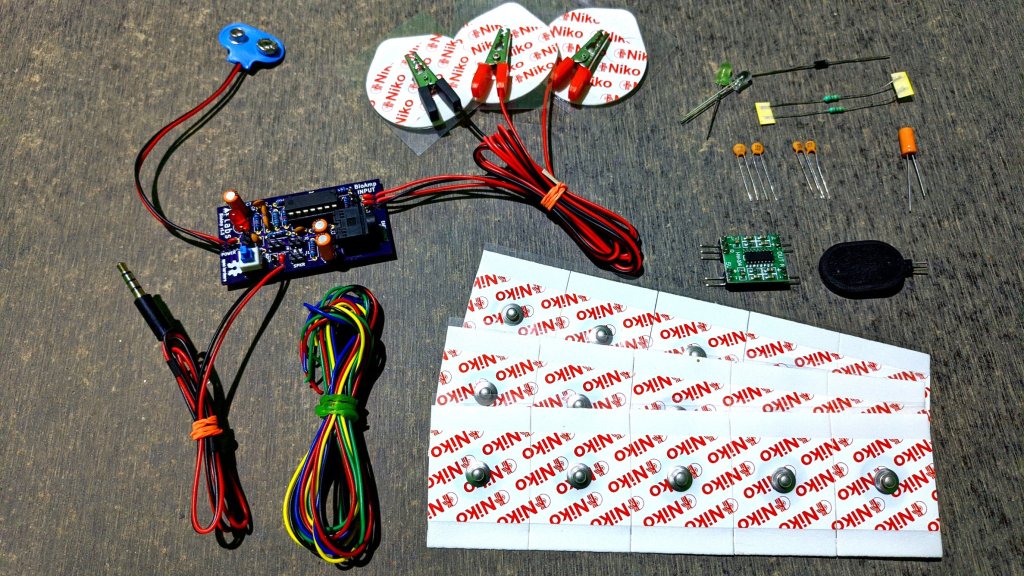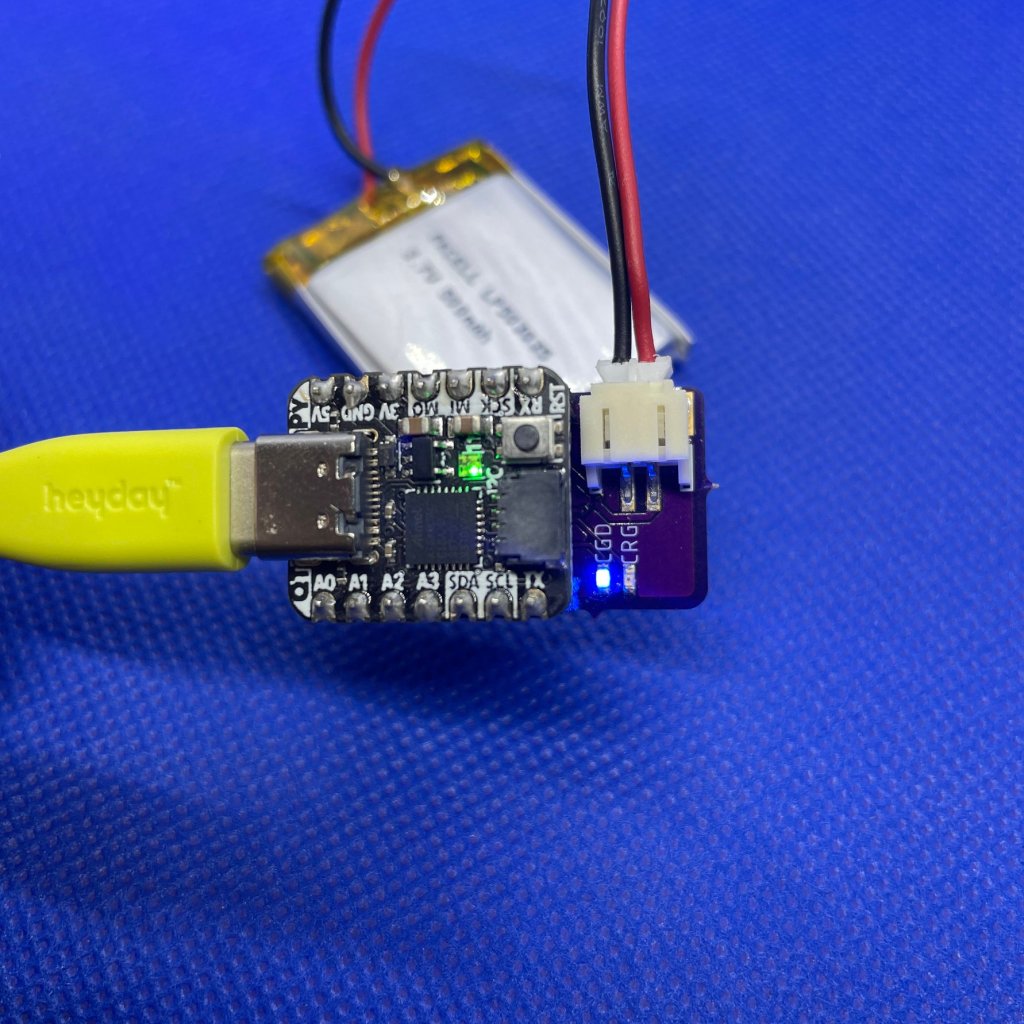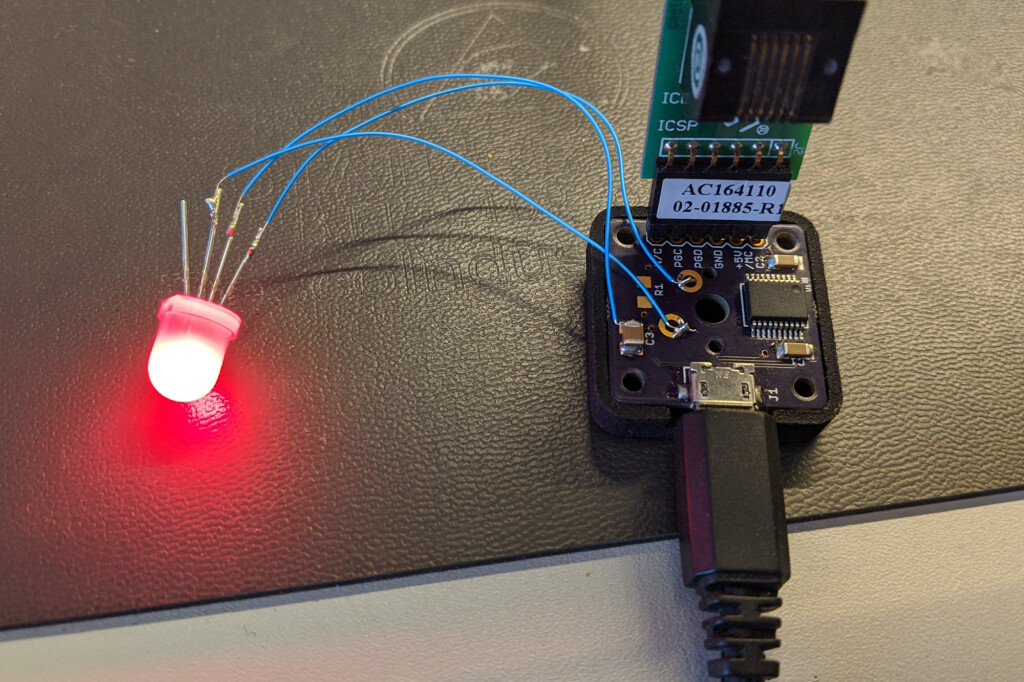
It wasn’t that long ago that if you had an optical microscope in your electronics shop, you had a very well-supplied shop indeed. Today, though, a microscope is almost a necessity since parts have shrunk to flyspeck-size. [Maker Mashup] recently picked up an AD409 and posted a video review of the device that you can see below.
The microscope in question has a 10-inch screen so it is a step up from the usual cheap microscope we’ve seen on a lot of benches. Of course, that size comes at a price. The going rate for a new on is about $400.
If the 10 inch screen isn’t enough, you can connect the microscope to an external monitor. That does disable the onboard monitor, though. The microscope offers plenty of space to solder under and has a removable lens and filter so you can add filters or even put on a wide-angle lens.

